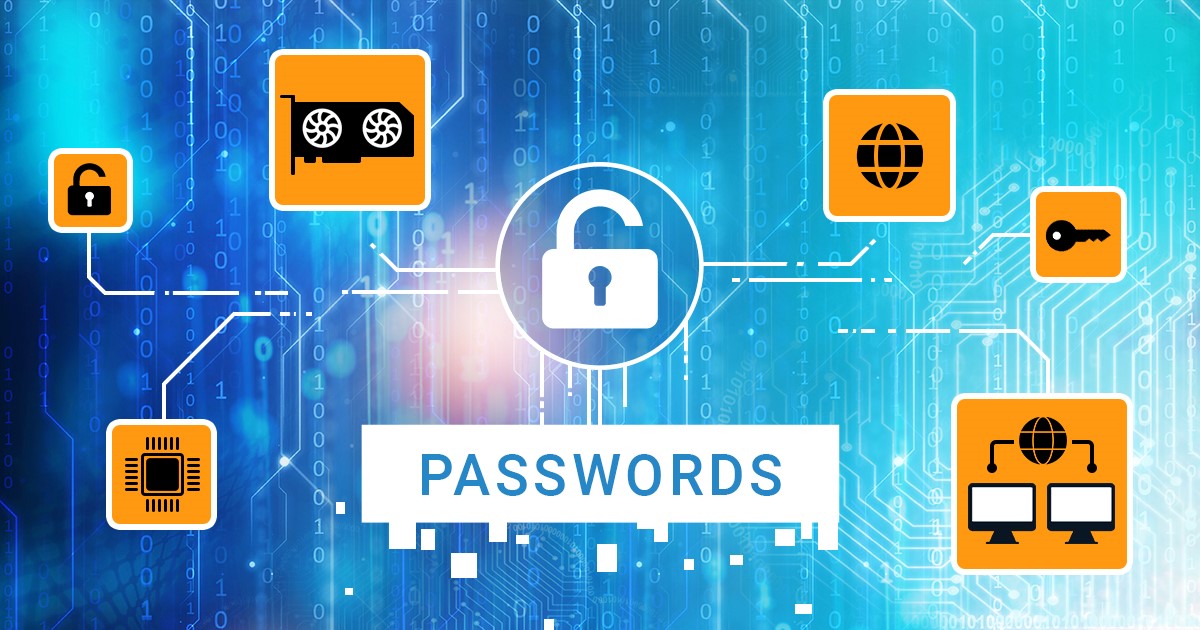When performing forensic tasks on Apple devices, the order in which you enter device modes can make a big difference. While DFU mode is necessary for certain extractions, especially using checkm8, going straight into DFU might not be your best option. Starting with Recovery Mode offers several advantages that make it a safer, faster approach. By entering Recovery Mode first, you reduce the risk of unexpected data changes, minimize delays, and ensure the device stays in a stable state. Let’s take a closer look at why starting with Recovery Mode is the better approach for your extraction process.
For a long time, the macOS version of iOS Forensic Toolkit remained the most feature-complete. Only macOS supported bootloader-level acquisition using checkm8, installation of the extraction agent with regular Apple IDs, and use of wireless adapters for Apple Watch analysis. All of these capabilities are now available in the Linux build as well, eliminating the need for a Mac in many workflows. This guide explains how to properly install and use EIFT on a Linux system.
A forensic examiner receives a locked smartphone – a recent-model iPhone, encrypted and secured with an unknown passcode. No tool works, checkm8 long obsolete, USB port locked. Is this a dead end? Not quite. iPhones don’t operate in isolation. They’re part of a digital ecosystem, and ecosystems often have weak points. This article explores how gaining access through a weak link can compromise even the most secure smartphone.
We’ve released an important update to iOS Forensic Toolkit: the Toolkit expands logical acquisition to all newer models of Apple Watch starting from Apple Watch Series 6 (with a wired third-party adapter), Apple Watch Series 7 through 10, SE2, Ultra, and Ultra 2 (via a special wireless adapter). With this update, the Toolkit supports the complete range of Apple Watch devices with no gaps or omissions.
We are excited to announce an update to Elcomsoft iOS Forensic Toolkit that solves a long-lasting issue connected to the installation and use of the low-level extraction agent. In version 8.70, we introduce a critical improvement: you can now sideload and launch the extraction agent completely offline using any Apple Developer account – regardless of when it was created. What exactly changed, and what does that mean for you? Read along to find out.
With the release of iOS 17.3, Apple introduced a new security feature called “Stolen Device Protection.” This functionality is designed to prevent unauthorized access to sensitive data in cases where a thief has gained knowledge of an iPhone’s passcode. While this feature significantly enhances security for end users, it simultaneously creates substantial obstacles for digital forensic experts, complicating lawful data extraction.
Using a firewall is essential to secure the installation of the extraction agent when performing low-level extraction from a variety of iOS devices. We developed two solutions: a software-based firewall for macOS and a hardware-based firewall using a Raspberry Pi (or similar microcomputer) with our own custom firmware. This guide will help you choose the best option for your needs.
Low-level extraction enables access to all the data stored in the iOS device. Previously, sideloading the extraction agent for imaging the file system and decrypting keychain required enrolling one’s Apple ID into Apple’s paid Developer Program if one used a Windows or Linux PC. Mac users could utilize a regular, non-developer Apple ID. Today, we are bringing this feature to Windows and Linux editions of iOS Forensic Toolkit.
Apple accounts are used in mobile forensics for sideloading third-party apps such as our own low-level extraction agent. Enrolling an Apple ID into Apple Developer Program has tangible benefits for experts, but are they worth the investment? Some years back, it was a reassuring “yes”. Today, it’s not as simple. Let’s delve into the benefits and limitations of Apple Developer accounts in the context of mobile forensics.
iOS Forensic Toolkit comes in three flavors, available in macOS, Windows, and Linux editions. What is the difference between these edition, in what ways is one better than the other, and which edition to choose for everyday work? Read along to find out.


